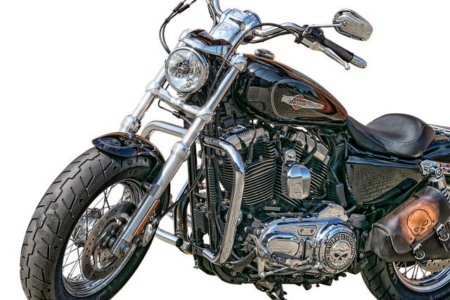Pakistan’s military capabilities could soon receive a significant boost with the potential induction of China’s advanced Z-10ME attack helicopters. These cutting-edge aerial platforms, known for their enhanced firepower and modern avionics, mark a pivotal step in the deepening defense ties between Islamabad and Beijing. As regional security dynamics shift, the acquisition of the Z-10ME may not only upgrade Pakistan’s combat readiness but also send a clear message about the evolving balance of power in South Asia. This article examines the implications of this development and what it means for both countries’ strategic objectives.
China’s Z-10ME Attack Helicopters Entering Pakistan’s Arsenal New Capabilities and Strategic Implications for Regional Security Assessing Operational Challenges and Recommendations for Pakistan’s Military Integration
New Capabilities Enhancing Pakistan’s Tactical Reach
The integration of China’s Z-10ME attack helicopters into Pakistan’s military arsenal marks a significant upgrade in the country’s aerial combat capabilities. These advanced helicopters boast enhanced avionics, improved missile systems, and superior targeting accuracy-features that substantially elevate Pakistan’s ability to conduct precision strikes and close air support missions. Equipped with the HJ-10 anti-tank guided missile and improved survivability measures such as infrared jammers and armor plating, the Z-10ME offers Pakistan a more formidable edge in counterinsurgency and conventional warfare scenarios.
- Enhanced multi-role functionality for varied combat environments
- Greater night-fighting and all-weather operational capacity
- Advanced helmet-mounted sight systems for pilot efficiency
- Improved engine performance boosting maneuverability and speed
Operational Challenges and Strategic Recommendations
Despite its cutting-edge technology, the operational integration of the Z-10ME presents Pakistan’s military with notable challenges. Synchronizing training protocols and maintenance infrastructure with existing platforms will require significant investment and adaptation. To maximize the helicopter’s potential, experts recommend accelerated pilot training programs, enhanced joint operations drills, and localized upgrades to logistical support systems. Furthermore, maintaining seamless interoperability with ground forces and other air assets is essential to fully exploit the strategic advantages offered by the Z-10ME.
| Operational Aspect | Challenge | Recommendation |
|---|---|---|
| Pilot Training | Adaptation to new avionics and weapons systems | Intensive simulator and field exercises |
| Maintenance | Spare parts and technical expertise availability | Establish joint China-Pakistan maintenance units |
| Operational Coordination | Integration with existing air-ground strategies | Joint operational planning and communication drills |
The Conclusion
As Pakistan explores modernizing its military capabilities amid regional security challenges, the potential acquisition of China’s advanced Z-10ME attack helicopters signals a significant shift in its defense procurement strategy. While official confirmations remain pending, the move underscores Beijing’s growing role as a key arms supplier in South Asia. Observers will be closely watching how this development influences the strategic balance in the region and the evolving military ties between Pakistan and China.



